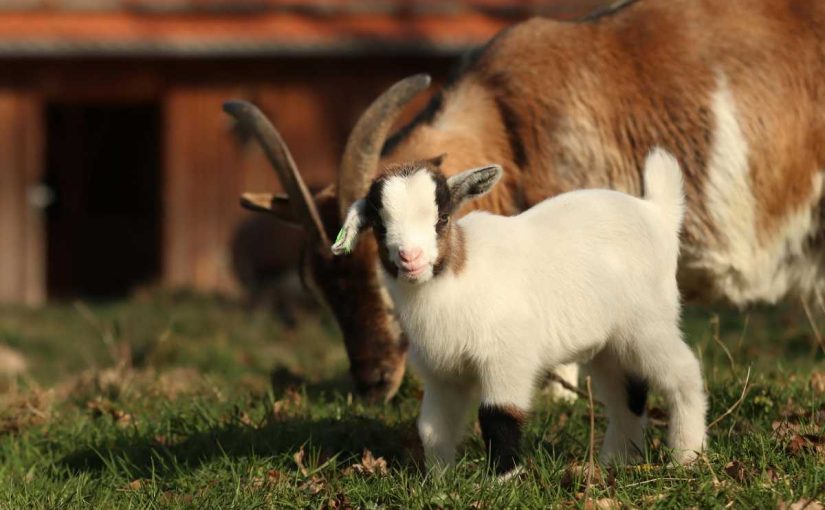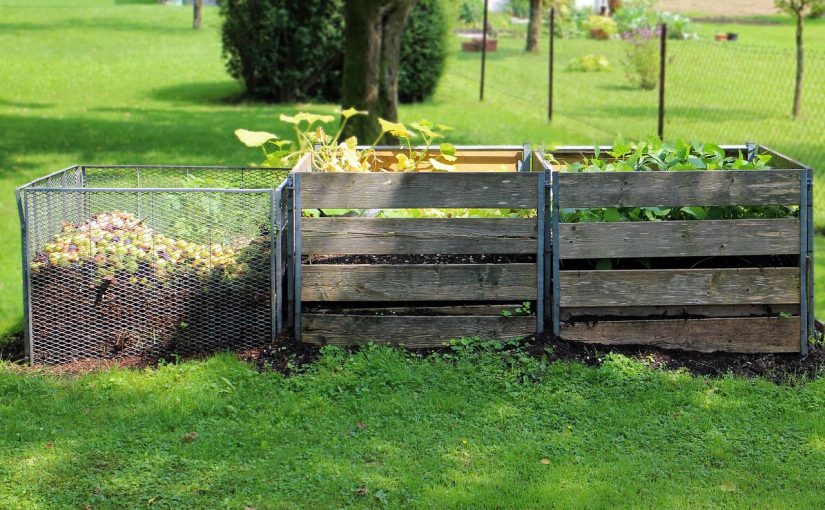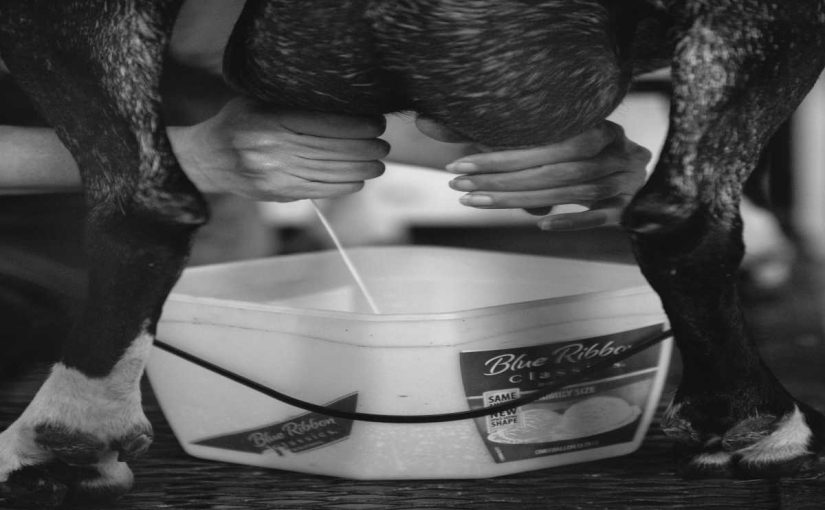Goat farming has gained popularity for its numerous benefits, including the production of milk, meat, and fiber, as well as the companionship they offer. Selecting the right breed is crucial for a successful goat farming venture. With various goat breeds available, each with unique characteristics and advantages, it’s essential to choose the ones that best suit your goals and farming conditions. In this comprehensive guide, we will explore the top 10 goat breeds for goat farming, detailing their key features, advantages, and suitability for different farming purposes.
1. Nubian Goats
Overview: Nubian goats are known for their distinctive long, floppy ears and Roman noses. They are one of the most popular dairy breeds, recognized for their rich, high-butterfat milk.
Key Features:
- Milk Production: Nubians produce an average of 1-3 gallons of milk per day.
- Temperament: They are friendly, social, and easy to handle, making them excellent for family farms.
Advantages:
- Adaptable to various climates.
- Excellent foragers, which helps reduce feed costs.
Suitability: Ideal for dairy production and as companion animals.
2. Saanen Goats
Overview: Saanen goats are one of the largest dairy breeds and are known for their striking white coats. They are highly productive milkers with a calm temperament.
Key Features:
- Milk Production: Saanens can produce 2-4 gallons of milk per day.
- Size: They are large goats, often weighing over 150 pounds.
Advantages:
- High milk yield and quality.
- Gentle and friendly, making them easy to manage.
Suitability: Perfect for commercial dairy farming.
3. Boer Goats
Overview: Boer goats are primarily raised for meat production. Known for their muscular build and fast growth rate, they are a popular choice among meat goat farmers.
Key Features:
- Meat Production: They can reach market weight quickly, typically around 90-100 pounds by 6 months of age.
- Appearance: Characterized by their white bodies and brown heads.
Advantages:
- High feed conversion efficiency, meaning they require less feed to gain weight.
- Excellent foragers, thriving in various environments.
Suitability: Best for meat production and crossbreeding to enhance meat quality.
4. Alpine Goats
Overview: Alpine goats are a versatile breed known for their strength and adaptability. They come in various colors and patterns and are known for their excellent milk production.
Key Features:
- Milk Production: They produce 1-3 gallons of milk per day, depending on genetics and management.
- Temperament: Alpines are friendly and social animals.
Advantages:
- Hardy and adaptable to different climates.
- Good foragers, helping to keep pasture healthy.
Suitability: Suitable for both dairy and fiber production.
5. Nigerian Dwarfs
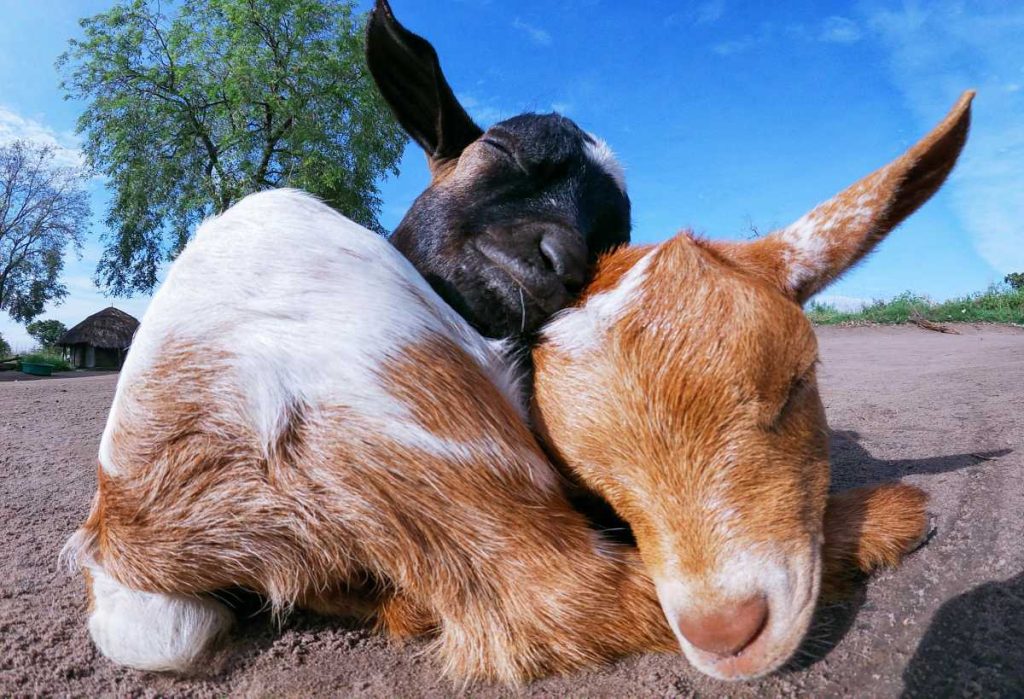
Overview: Nigerian Dwarf goats are a miniature breed known for their playful personality and colorful coats. They are excellent for small farms or urban settings.
Key Features:
- Size: They typically weigh between 50-75 pounds, making them manageable for smaller spaces.
- Milk Production: Despite their size, they can produce 1-2 quarts of milk per day with a high butterfat content.
Advantages:
- Great for families and children due to their friendly nature.
- Low space and feed requirements.
Suitability: Ideal for small farms, urban homesteading, or as pets.
6. LaMancha Goats
Overview: LaManchas are easily recognizable for their unique “gopher” ears, which are very short. They are known for their high milk production and gentle disposition.
Key Features:
- Milk Production: They produce 1-3 gallons of milk per day.
- Temperament: Friendly and adaptable, making them great companions.
Advantages:
- Excellent milk quality, with a higher butterfat content than many other breeds.
- Low maintenance due to their short hair.
Suitability: Best for dairy farms and as family pets.
7. Toggenburg Goats
Overview: Toggenburg goats are one of the oldest dairy breeds and are known for their distinctive chocolate brown color with white markings. They are hardy and prolific milkers.
Key Features:
- Milk Production: They typically produce 1-3 gallons of milk per day.
- Appearance: They have a stocky build and are known for their strong legs.
Advantages:
- Good adaptability to various climates.
- Strong milk flavor and nutritional quality.
Suitability: Excellent for dairy production and small farms.
8. Kiko Goats
Overview: Kiko goats are a relatively new breed developed in New Zealand for meat production. They are known for their hardiness and excellent mothering ability.
Key Features:
- Meat Production: They grow quickly and are known for their high-quality meat.
- Temperament: Generally easygoing and adaptable.
Advantages:
- High resistance to disease and parasites.
- Efficient foragers, making them low-maintenance.
Suitability: Best for meat production and commercial farming.
9. Pygmy Goats
Overview: Pygmy goats are small, stocky, and friendly animals known for their playful nature. They make great pets and are also suitable for small-scale milk production.
Key Features:
- Size: They typically weigh between 40-60 pounds.
- Milk Production: They can produce small quantities of milk, about 1 quart per day, with a high butterfat content.
Advantages:
- Excellent companions and great for children.
- Require minimal space and are easy to handle.
Suitability: Ideal for urban farms and as pets.
10. Spanish Goats
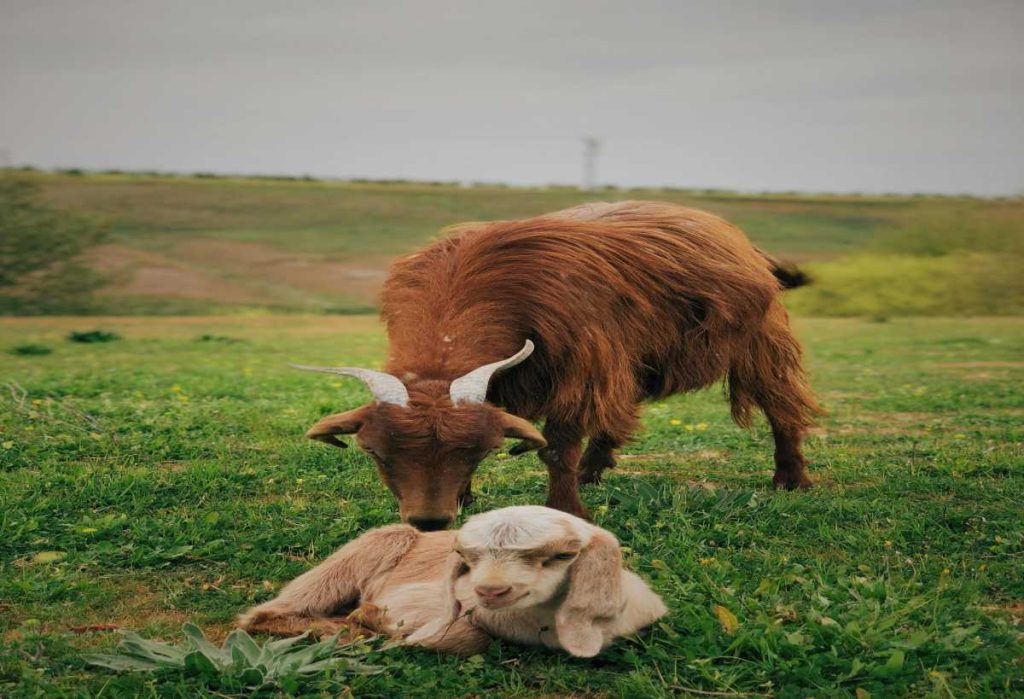
Overview: Spanish goats are hardy and versatile animals primarily raised for meat production. They are known for their adaptability to harsh environments.
Key Features:
- Meat Production: They can produce high-quality meat with good yields.
- Appearance: They often have a mixed coat color and can be horned or polled.
Advantages:
- Strong foragers that thrive on poor-quality forage.
- Excellent maternal instincts and hardiness.
Suitability: Ideal for meat production in challenging climates.
Conclusion
Choosing the right goat breed is crucial for successful goat farming, whether you’re interested in milk, meat, fiber, or companionship. Each of the breeds listed above offers unique advantages, making them suitable for different farming goals and environments.
By understanding the characteristics and benefits of these top 10 goat breeds, you can make informed decisions that align with your farming aspirations. With proper care, management, and a suitable breed, you can enjoy the numerous benefits of goat farming and contribute to sustainable agricultural practices.
Happy goat farming! May your journey be filled with joyful bleats and bountiful harvests!


